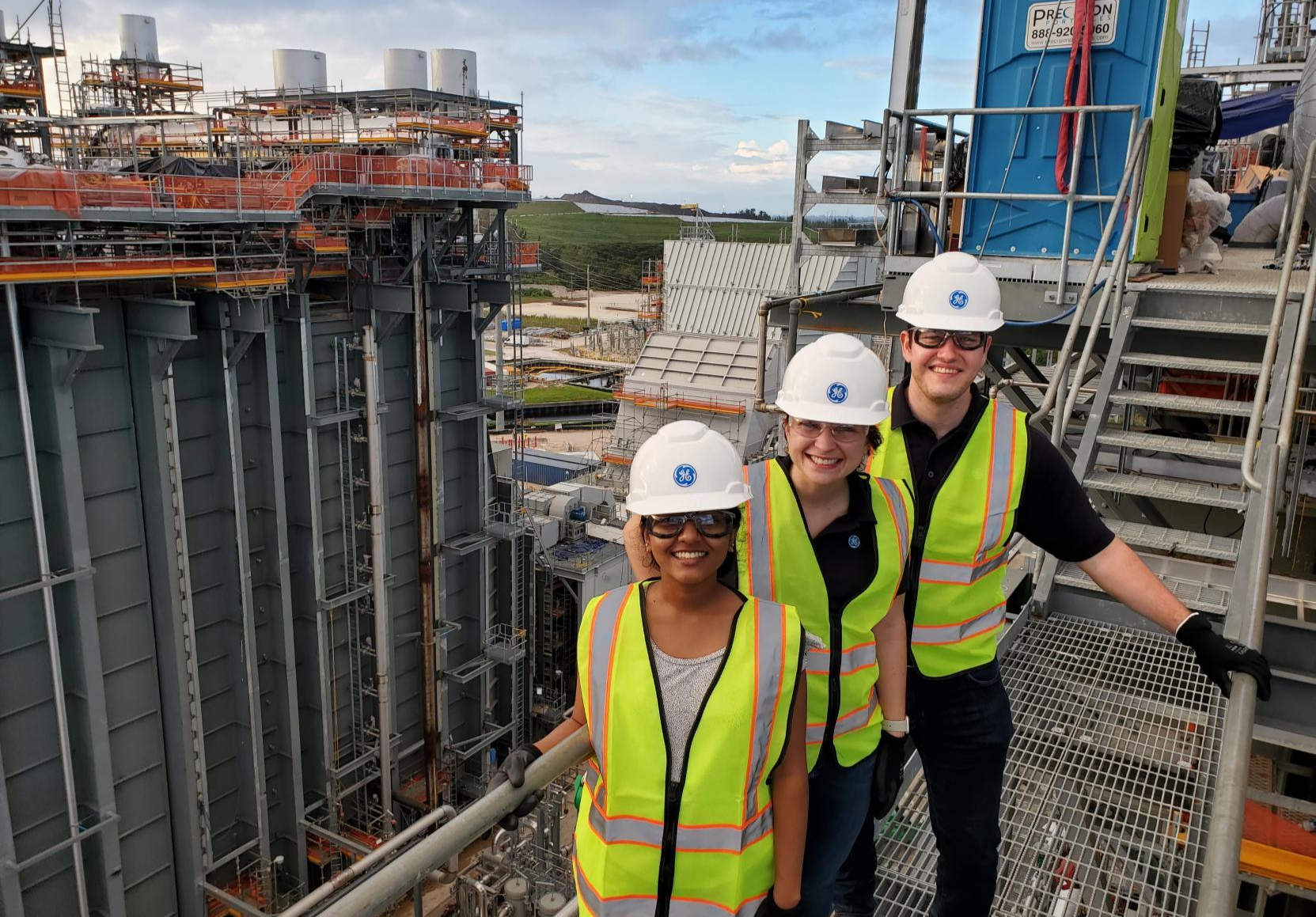At 6 a.m. on the dot, Magnus Wamble whizzes up a spinach, kale, and carrot smoothie and spreads a gluten-free bagel with peanut butter and banana. Wamble, a Schenectady, New York–based new unit gas turbine project engineer at GE Vernova, washes the superfoods down with L-theanine and vitamin B supplements and a single shot of caffeine. “As long as I have all the right steps to execute,” says the 6-foot-4-inch former college football star, “then I’ve got the best possible chance of success.”
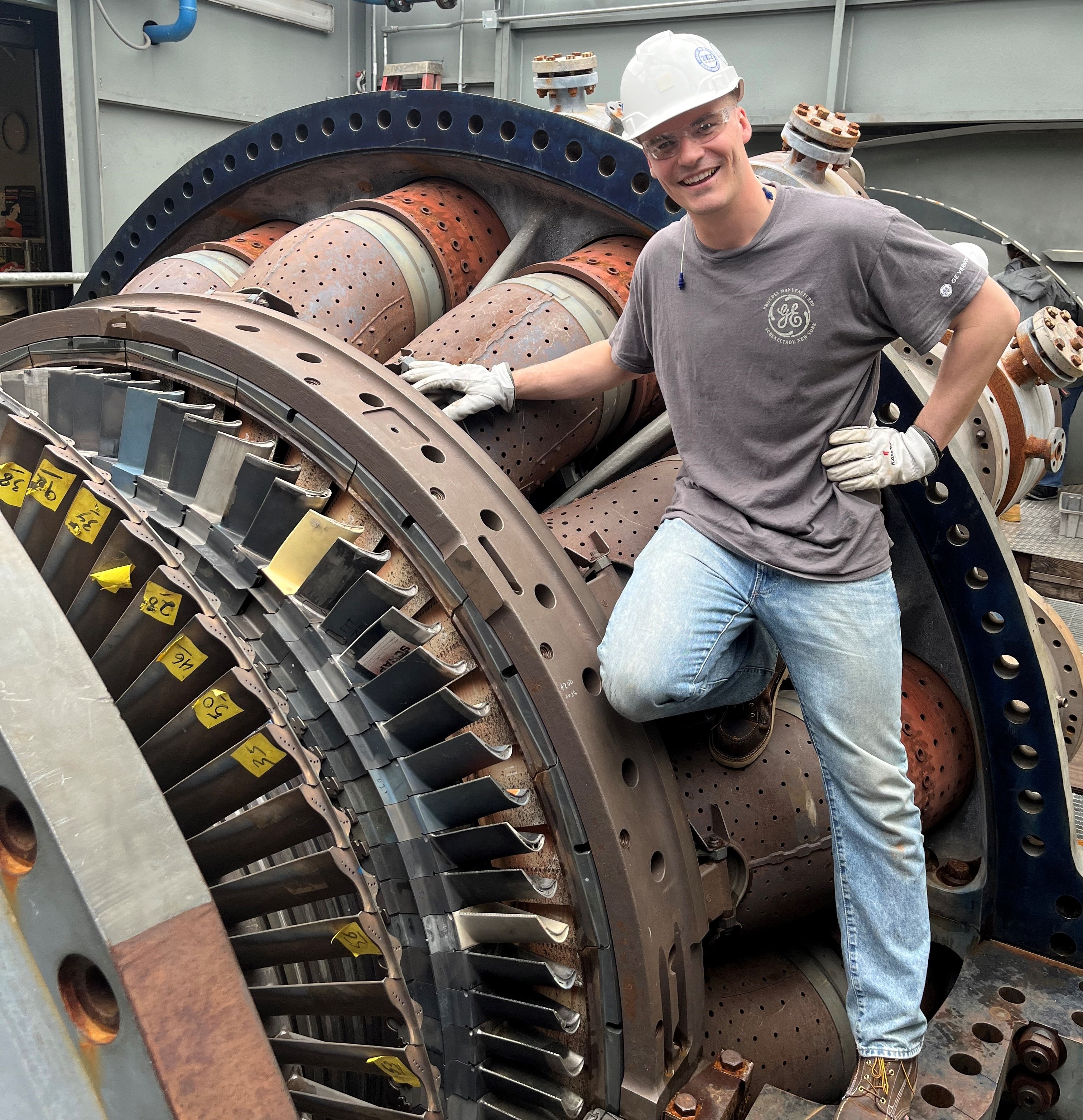
That philosophy is paying off, big time. Wamble recently completed GE Vernova’s two-year Edison Engineering Development Program (EEDP), rotating smoothly through four six-month placements that saw him solving complex fluid mechanics equations, expertly advising a major utility on a coal-to-gas conversion, and warmly welcoming attendees at GE Vernova’s community outreach events. “There’s a saying in football: Control what you can control,” says Wamble.
He’s part of a rich crop of talented young engineers who are paying forward the investment that GE Vernova’s made in them. They all share the same goal, which is innovating to accelerate the world’s energy transition and delivering the reliable, affordable, and sustainable energy that is vital to human life. They’re fully responding to the challenge of 2025 Engineers Week, which runs from February 16 to 22, and calls on young engineers to dream boldly, innovate relentlessly, and create a future shaped by collective ingenuity.
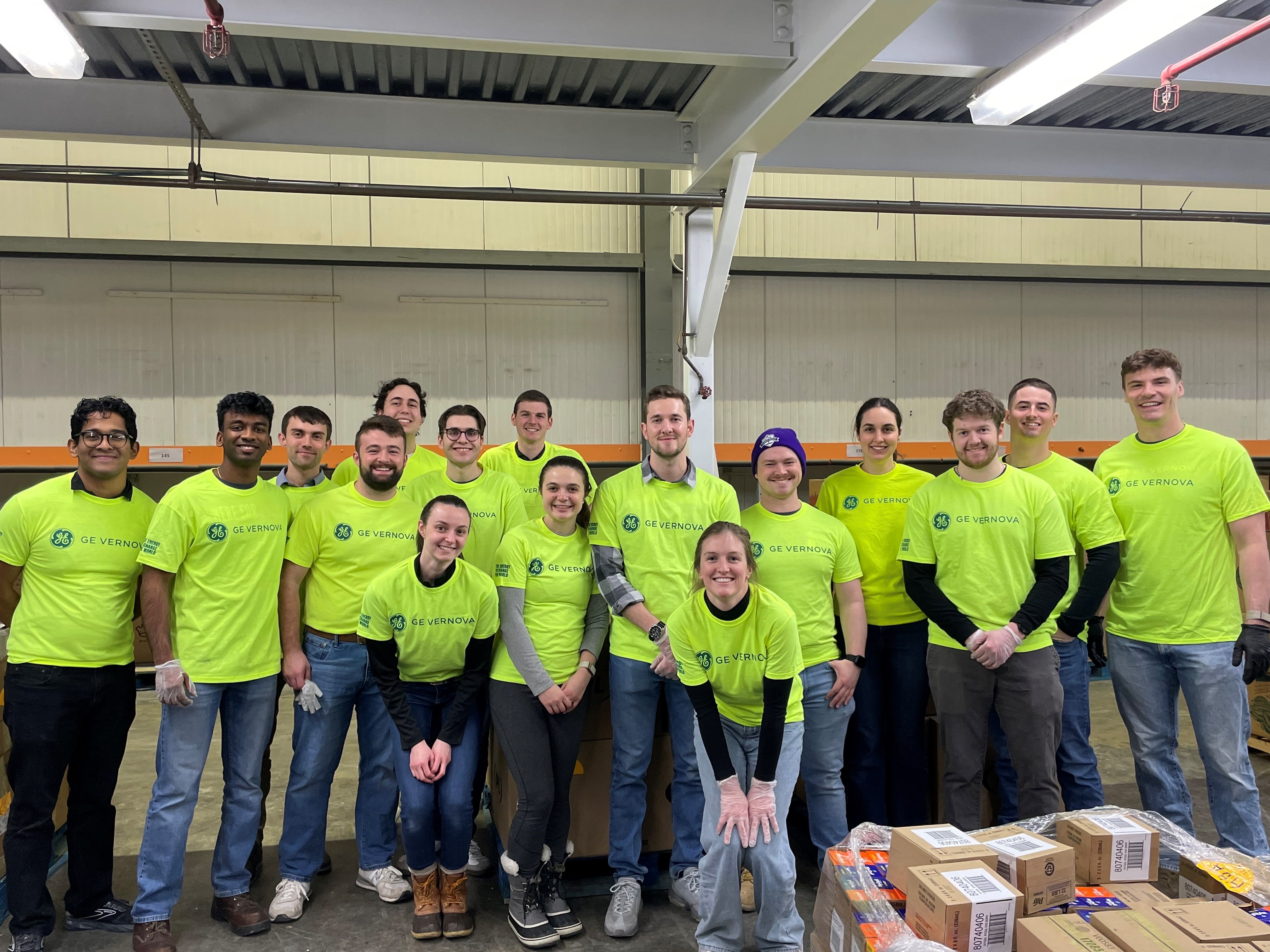
Fueled by his superhero breakfast, Wamble is determined to bring that goal a little bit closer every day. “I want to gain an understanding of GE Vernova’s business as a whole,” he says. “I’ll also keep diversifying my experiences, growing my network of friends and colleagues, and have an amazing time doing it,” he adds.
The same goes for another EEDP alumnus, Ajibola Jimoh, who is settling into a role as fleet management engineer in Atlanta. Hailing from Lagos, Nigeria, Jimoh is a steadfast champion of education. “I know the value of building good foundations,” he says. It’s a topic he’s addressed at the One Young World Summit, where he is a proud ambassador.
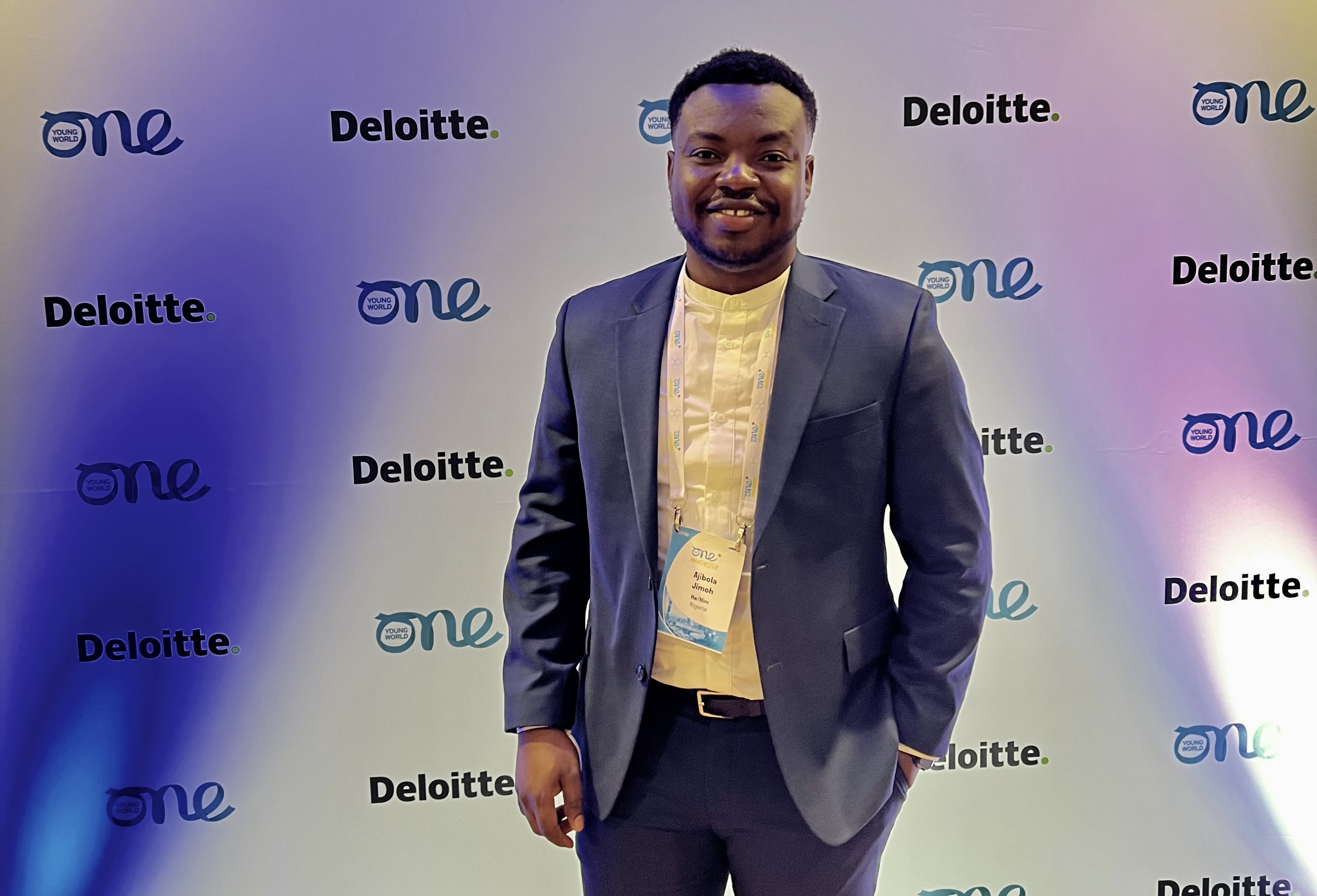
But Jimoh isn’t advocating all work and no play. “In Africa, we tell kids just to concentrate on school, when we also have so much natural talent for sport,” says Jimoh, a gifted soccer player (“a left wing”) who had trials to play professionally in the U.K. High school students shouldn’t have to choose one or the other, argues Jimoh, who earned his master’s in aerospace engineering from Georgia Institute of Technology. “Let’s provide them with the foundational education and encourage their athletic talent,” he says. His hero is Bukayo Saka, the English soccer player born to Nigerian parents, who also excelled at school.
Like his idol, Jimoh is adept at staying on the ball, making quick decisions and troubleshooting. A typical day sees him scanning through requests for support from gas turbine operators worldwide. Since GE Vernova boasts 7,000 turbines of all ages, shapes, and sizes in its global installed base, issues could come from anywhere. “It could be an outage in Pakistan or a repair job for a customer in Spain,” he says.
Whatever the issue, Jimoh draws on his years of education and world-class EEDP training to make the right calls. “I’ll escalate cases that need urgent attention, such as units that can’t operate,” he says. Then it’s time for detective work. “I’ll run root cause analysis to figure out what’s happened and roll out corrective action,” he says. These sophisticated investigations allow Jimoh to zero in on his culprit, whether it’s blade damage caused by a foreign object or wear and tear to the turbine’s bearings.
One of Jimoh’s allies is artificial intelligence (AI). “We’re in the unique position of being able to see and utilize data across all different units,” he says. “We feed this data into our own AI models to see trends that are begging to be seen, and that can even predict where the next failure is going to happen.”
He brings reassurance for other young engineers who imagine a career of eternal equations in search of a serendipitous discovery. “It’s not like that,” he says. “We’re standing on the shoulders of giants who have allowed us to leverage tools to solve problems faster,” he says. “Our job is to innovate and make those tools even better,” he adds.
One person who knows all about moving fast and innovating things is Antara Sahay, who is now working as a combustion engineer in Greenville, South Carolina. For the past few months, Jamshedpur, India–born Sahay has donned earplugs, safety shoes, and safety glasses and headed to Greenville’s famous Gas Turbine Test Laboratory (GTTL), aka the world’s toughest turbine boot camp.
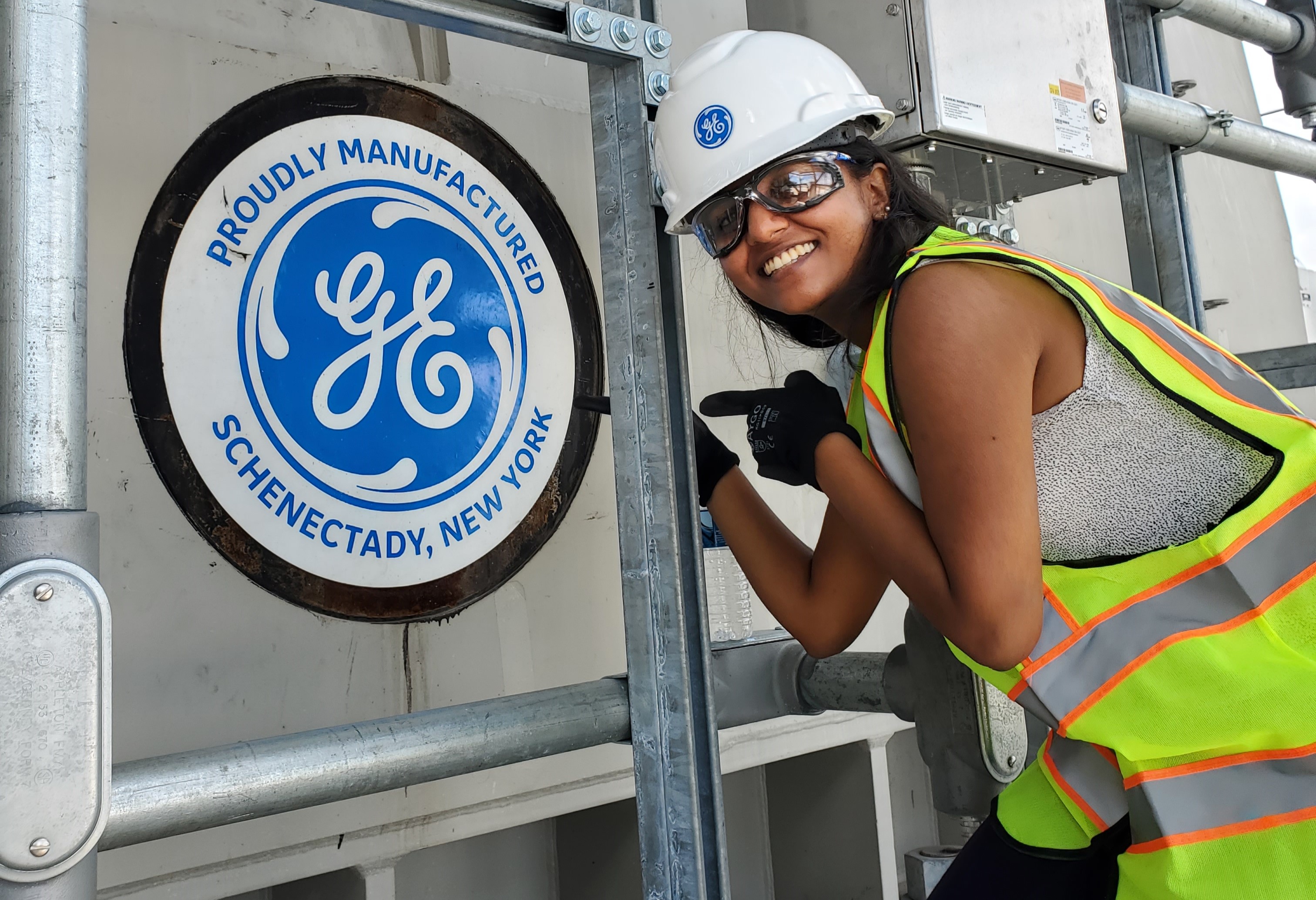
In a control room near the testing rig, Sahay scrutinizes images of turbine components being pushed to the limit, such as the stack that emits the roasting hot gases. She keeps tabs on some all-important numbers. “My thermocouples and statics measure temperature and pressure at different loads,” she says. She’ll raise the alarm if conditions get too intense or hot for hardware to handle.
Sahay loves the variety of the test rig, with its long test cycles that involve the design, manufacture, and analysis of parts from scratch, and shorter ones where existing hardware is tested every couple of weeks. Her passion is developing new technology, since the work is varied (“conceptualizing, manufacturing, testing”). Sahay can also draw on her excellent communication skills to liaise between subject-matter experts, shop floor workers, and team leaders. “It’s unpredictable, and you don’t know how your product will end up,” she says.
That might sound daunting to some, but not to Sahay, who never shies away from the unknown. In her final year as a high school student in India, she signed up with a summer program for aspiring female engineers at Virginia Tech almost on a whim, and the rest was history. “I fell in love with mechanical engineering,” she says.
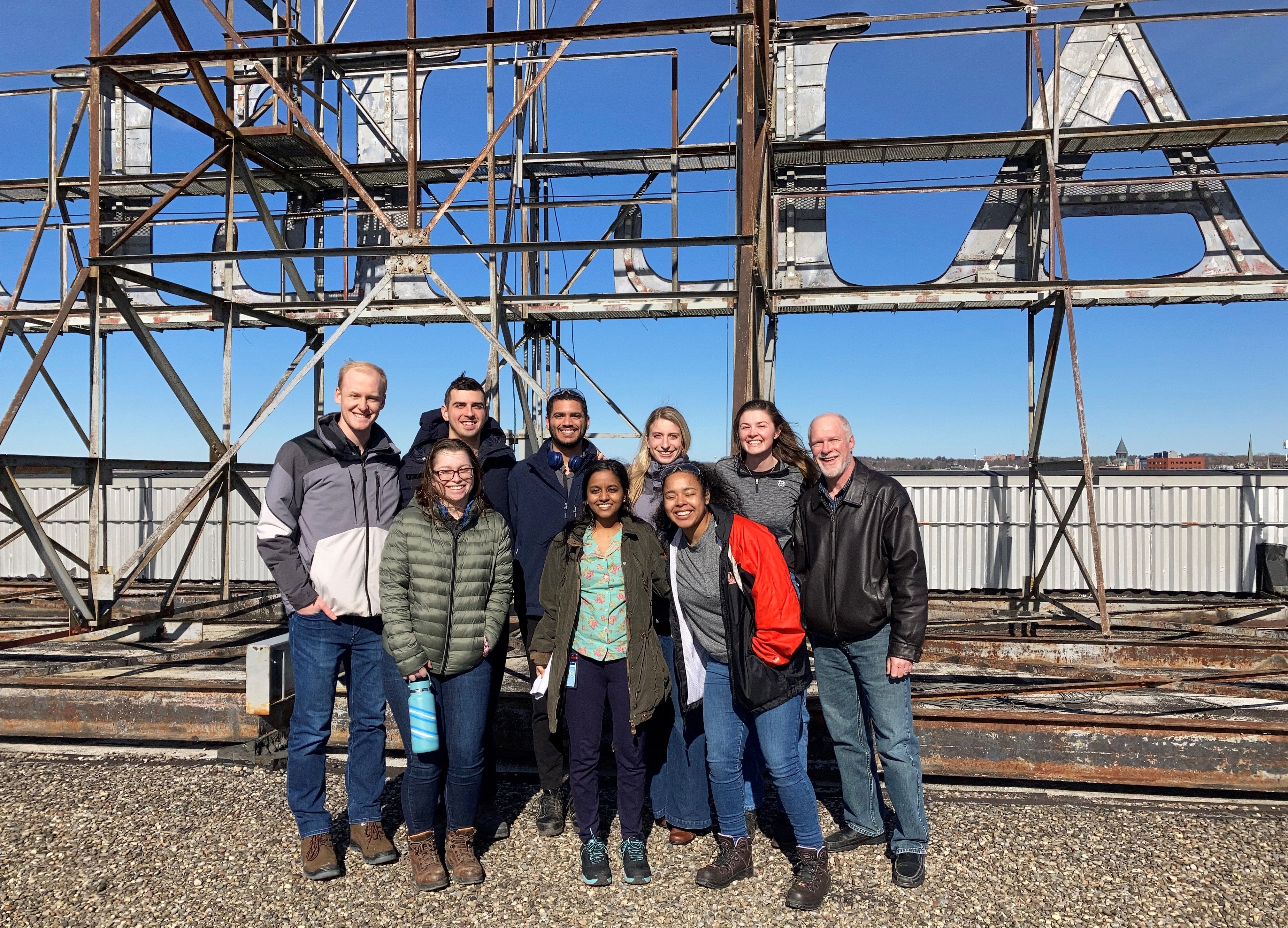
Sahay recommends that young engineers stay open-minded and flexible about their career goals. “Things don’t always go to plan, and you have to respond to the way the world actually is,” she says. “The needs of the business or the customer might change,” she adds. “Sometimes it’s best to go with the flow.”
Jimoh agrees that the energy transition will provide opportunities galore for tomorrow’s bold, open-minded innovators. “Take the technologies centered around decarbonization, like hydrogen and carbon capture,” he explains. “In the next five years, they will be realities.”
Adds the engineer: “We’ll be a part of shaping that future.”
